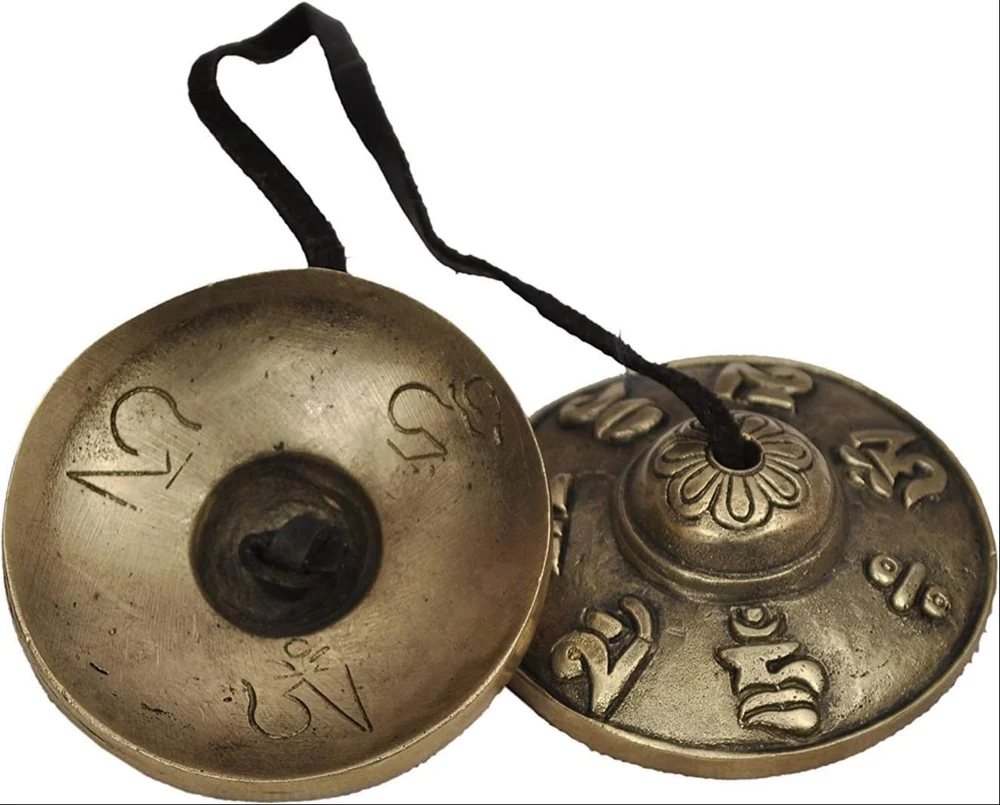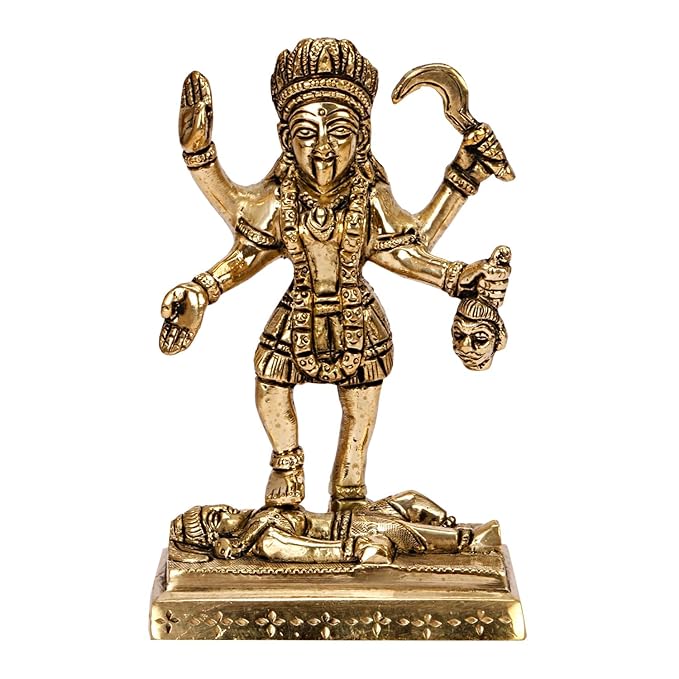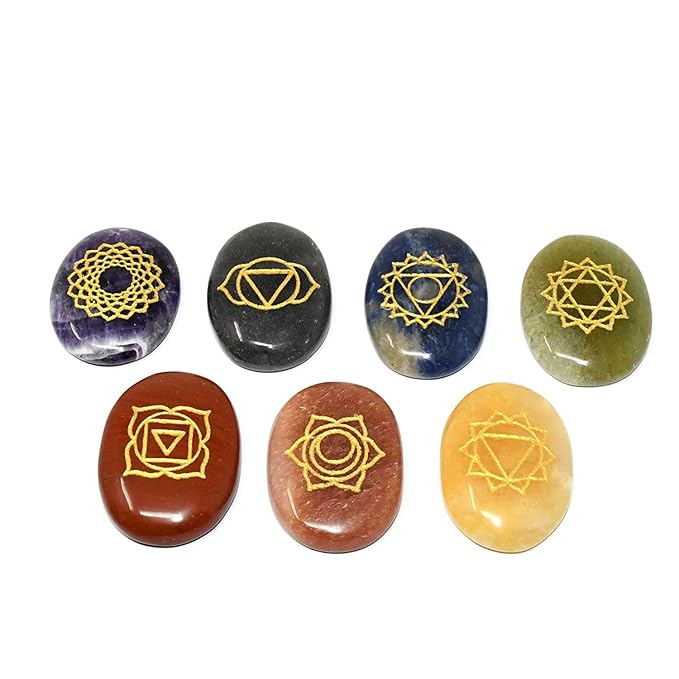Ganesh Murti
Ganesh Murti is a revered statue depicting Lord Ganesha, the Hindu deity of wisdom, prosperity, and the remover of obstacles. Known for his elephant head and human body, Lord Ganesha is widely worshipped for his blessings in both spiritual and materiRead More
-
Type:
Murti
-
Material:
Marble, Bronze, Brass
-
Color:
Multicolor
-
Pose/Position:
Seated, Standing
Product FAQs
-
Who is Lord Ganesha?
Lord Ganesha, also known as Ganapati, is one of the most popular and widely worshipped deities in Hinduism. He is the elephant-headed god, revered as the remover of obstacles, the lord of beginnings, and the god of wisdom and prosperity. Ganesha is often invoked at the start of new ventures, making him a symbol of good luck and success. He is also the patron of arts and learning.
-
What is the Significance of Ganesh Murti?
The Ganesh Murti represents Lord Ganesha's qualities, including his ability to overcome obstacles, bring wisdom, prosperity, and blessings. Ganesha’s form, with the elephant head, symbolizes intelligence and the removal of difficulties, while his four arms represent his ability to act in different ways to help his devotees. Ganesh is worshipped for a variety of purposes, including the start of new ventures, health, and spiritual guidance.
-
What Are the Key Features of Ganesh Murti?
Elephant Head – Symbolizing intelligence, wisdom, and the ability to overcome challenges. Trunk – The trunk is flexible and can represent adaptability and the ability to remove obstacles in different ways. Large Ears – Represent listening, indicating the need to pay attention to spiritual teachings. Multiple Arms – The four arms typically hold objects like a modak (sweet), axe, lotus, and rosary, symbolizing wisdom, prosperity, and protection. Mouse (Vahana) – The mouse is often depicted as Ganesha’s vehicle, symbolizing the conquering of desires and the ability to control the mind.
-
Where Should I Place a Ganesh Murti in My Home?
Puja Room or Prayer Altar – The best place for daily worship and seeking blessings for new projects and ventures. Office or Study Room – Perfect for business success, prosperity, and mental clarity during work or study. Living Room – A Ganesh Murti can bring positive energy, peace, and joy into the home. Entrance of the Home – Traditionally, Ganesha is placed at the entrance to ward off obstacles and invite good luck and prosperity.
-
What Are the Benefits of Having a Ganesh Murti?
Removes obstacles in both material and spiritual life. Brings wisdom and prosperity to the home or workspace. Invites positive energy, success, and new opportunities. Enhances devotion, spiritual growth, and progress in endeavors. Symbolizes balance, encouraging the removal of negativity and the embrace of positive thoughts and actions.
-
What Materials Are Ganesh Murtis Made From?
Bronze & Brass – These materials are known for their durability, elegance, and traditional appeal. They are often used for detailed designs and statues that require intricate craftsmanship. Clay – Natural clay Ganesh statues are often used for eco-friendly worship, particularly during the Ganesh Chaturthi festival. Marble – A more elegant and serene material, often used for high-end or spiritual statues that represent purity and sophistication. Wood – Wooden Ganesh statues have a natural appeal, symbolizing grounding and connection to the earth. Resin & Ceramic – Light, affordable materials used for decorative statues or small devotional idols.
-
How Do I Care for a Ganesh Murti?
Regularly dust with a soft cloth to keep it clean and free of dirt. Polish (if applicable) with the correct type of polish for the material (e.g., brass polish for brass or marble polish for marble). Avoid harsh chemicals or abrasives that could damage the statue’s surface or finish. Place it in a clean, sacred space, and handle it with respect and reverence.
-
Can a Ganesh Murti Be Gifted?
Yes! A Ganesh Murti makes a wonderful and meaningful gift for many occasions, including housewarming, wedding ceremonies, birthday gifts, and as a symbol of good fortune during festivals like Ganesh Chaturthi. It is a meaningful gesture to wish someone success, prosperity, and happiness.
-
How Do I Choose the Right Ganesh Murti?
Size and Placement – Consider the size of the murti based on where it will be placed. Smaller statues work well for personal altars, while larger ones may be suited for central locations like the living room or entrance. Material – Choose brass or bronze for a traditional look or marble for a more sophisticated, timeless design. Design – Decide on a design that aligns with your needs. For example, a simple Ganesh statue for a peaceful atmosphere, or a more ornate one for festivals and special occasions.
H No 112, Behind Satyam Cinema, Shivpuri, Moradabad, Uttar Pradesh-244001, India
GET DIRECTION








